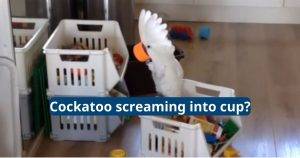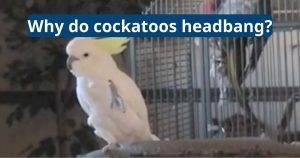What Does a Cockatoo Look Like?

While they are not known to be as talkative as some parrots, many can be taught words and phrases. A cockatoo’s crest feathers convey important information about its mood; down means relaxed or docile, erect indicates excitement or agitation. Their powerful beaks can crack walnuts, maim branches and bite human fingers. They need a well-balanced diet free of seeds and other unhealthy foods.
White Cockatoo
White cockatoos are a medium to large-sized bird with big curved beaks, small eyes and an elaborate head crest that can be raised or lowered. The crest is used to communicate messages about the bird’s mood and intentions.
A raised crest can indicate that the bird is displaying for its mate; defending its territory or flock members; calling its flock members; or expressing curiosity, excitement, surprise, fear or frustration. A lowered crest can signal calmness, friendliness and approachability.
By the second to third week a baby cockatoo should start to develop feathers and show signs of coloration. By the fourth week a baby will be able to raise and lower its signature head crest.
Cockatoos can be tame and make good pets but they are not always easy birds to live with. They require a lot of attention, love and training to become well adjusted. If they don’t receive enough affection, they can become neurotic and exhibit destructive behaviors such as feather picking and self-mutilation.
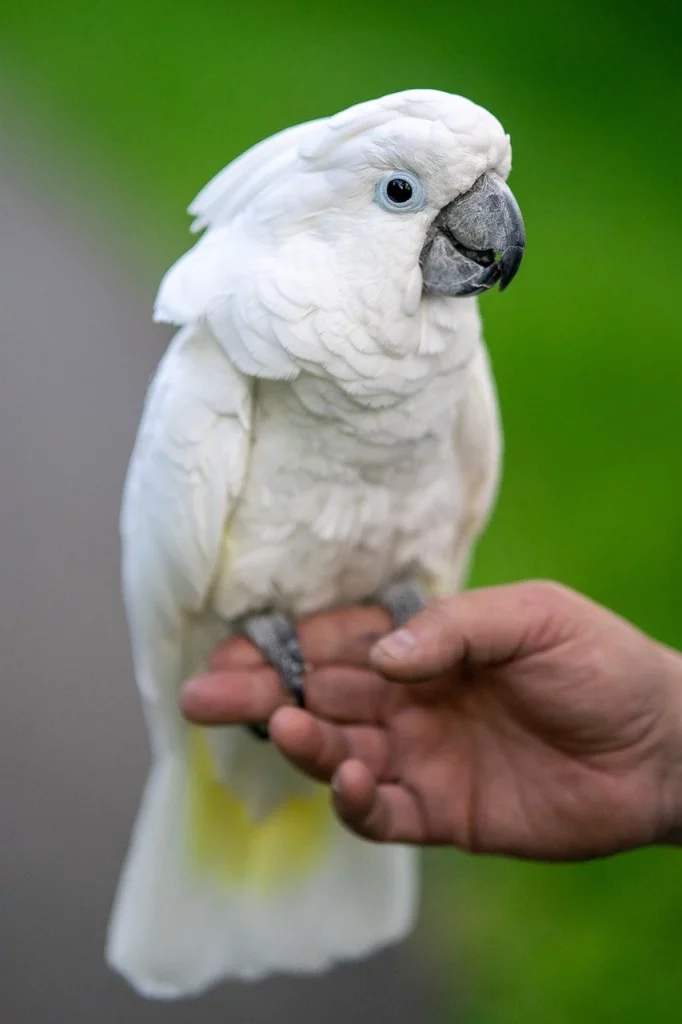
Yellow-crested Cockatoo
A yellow-crested cockatoo has a yellow crest that curls forward. This species can be found throughout northern and eastern Australia. Its crest is used for communication, including displaying for a mate; calling its flock members; and defending territory. It can also express curiosity, fear, surprise, or frustration. When a cockatoo lowers its crest, it signals that it is approachable.
Cockatoos can be very intelligent, but they can be destructive when bored. They need constant attention and time outside their cages to keep them happy. Otherwise, they will become overexcited and chew on furniture, walls, or other objects in the house.
Young cockatoos are covered in patches of bristles that will grow into feathers as they age. They will also make their first parrot-like vocalizations, squawkings. They may also show signs of self-grooming, such as scratching their heads or bodies. After the third week, their eyes will open.
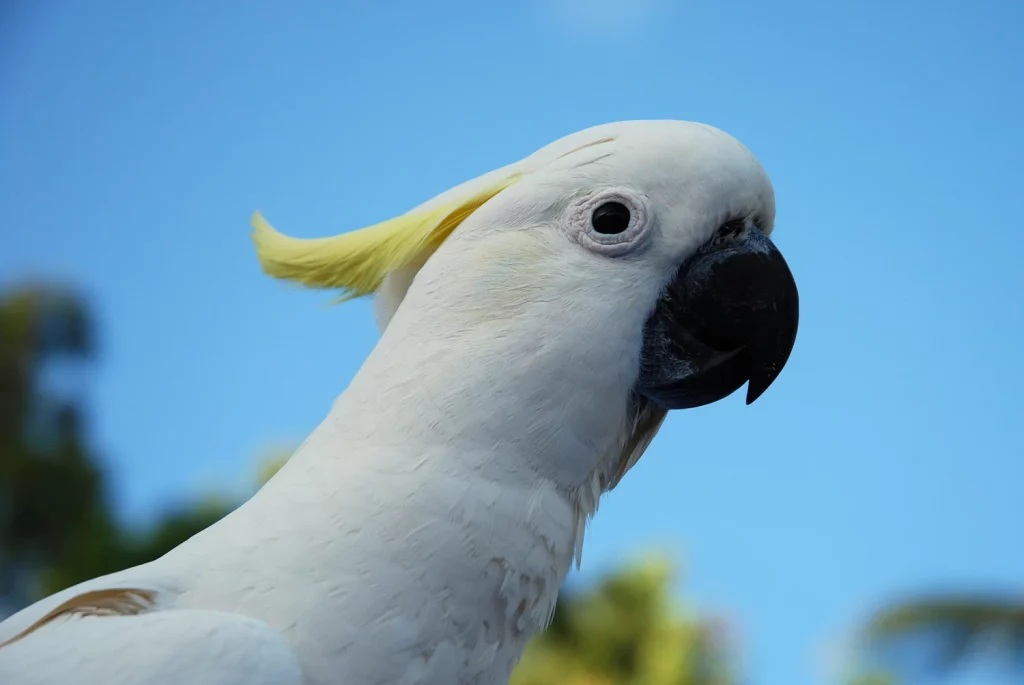
Black Cockatoo
A black cockatoo is a symbol of wealth, both inner and outer. This can be a time to appreciate the wealth that you have monetarily and spiritually, as well as a time to find ways to expand that wealth through securing raises and other opportunities.
These birds are very social, and they form long-lasting pair bonds. They build a nest in tree hollows or cavities, adding a bed of branches and leaves to the bottom for eggs. Males and females share incubation duties.
While cockatoos can be quite affectionate, especially as babies, they are also known to be prone to separation anxiety when mishandled. They are not a bird for people who don’t have the time to devote to them. They need petting, and they need to be around their humans at all times, or they may develop destructive behaviors. Moreover, they tend to chew and swallow non-food items, so their owners need to keep them out of areas where this is a danger, such as wires or furniture.
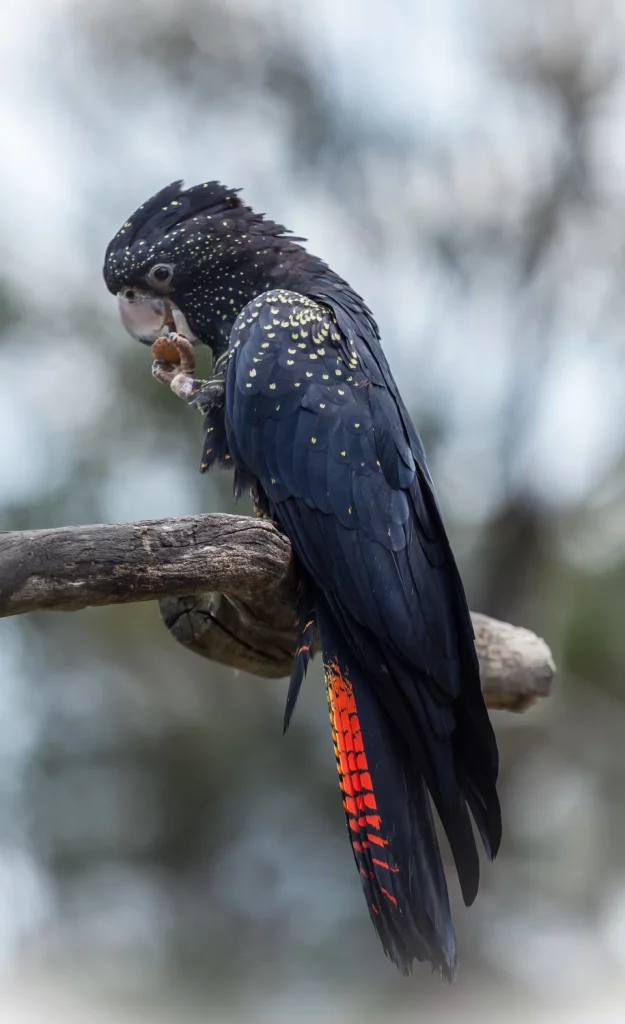
Red-cheeked Cockatoo
Cockatoos have a white body, whitish-yellow head and underwings and yellow wash on the undertail. They have a dark beak and eyes. They are endemic to Papua New Guinea. They inhabit lowland tropical forests.
A freshly hatched cockatoo is almost entirely white in color and its eyes are closed until Day 11 or so. Around Day 9 a cockatoo should start sprouting little buds that will eventually grow into feathers. By the end of the third week it should be fully feathered and be able to identify its species by its colors.
White cockatoos have a green back, face and throat and a red-brown patch to the inner median wing coverts. The underside of the tail and upper and lower wings are yellow-green. The cockatoo’s feet and legs are brown-grey. There are no reliable external sex differences between mature male and female cockatoos, except that mature males have bright red heads. They sing a metallic series of notes and two-syllable calls.

